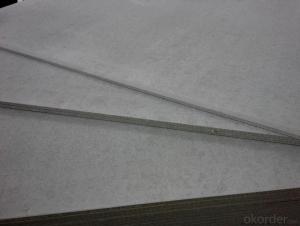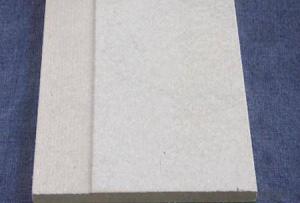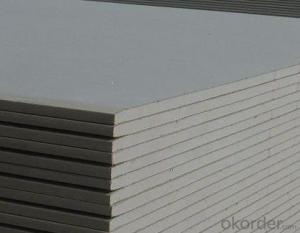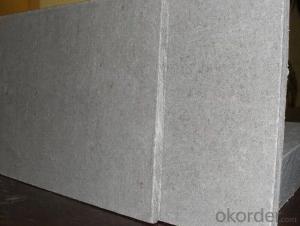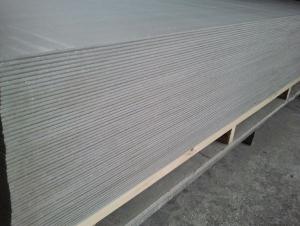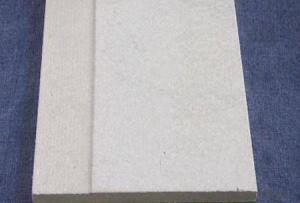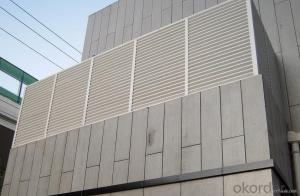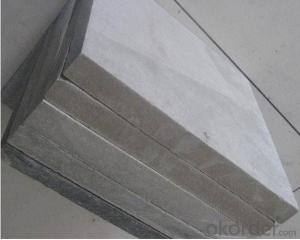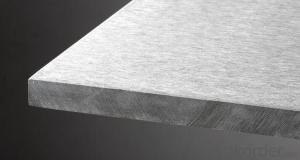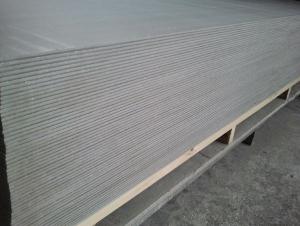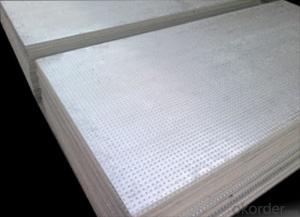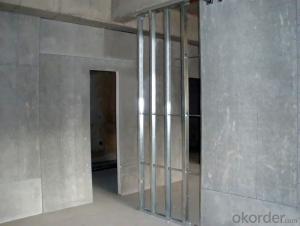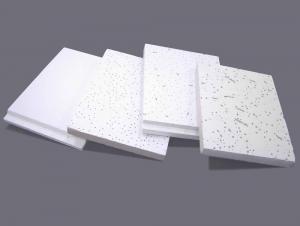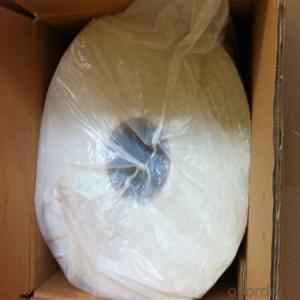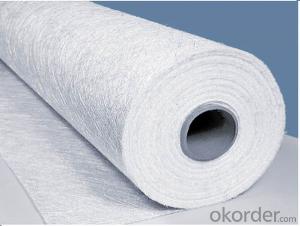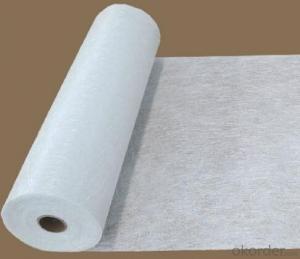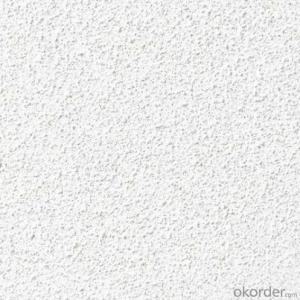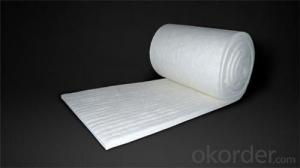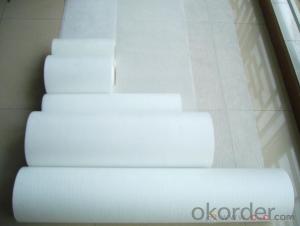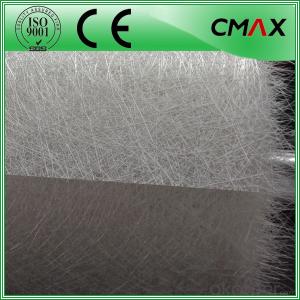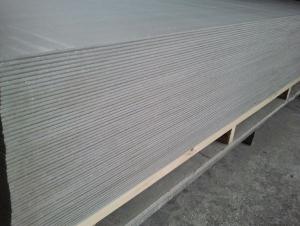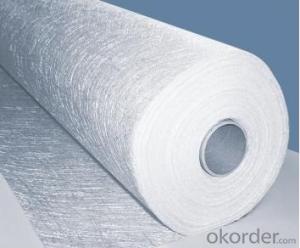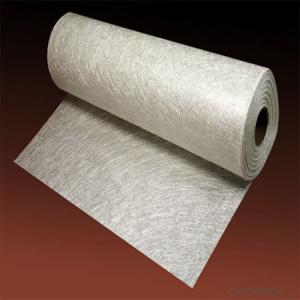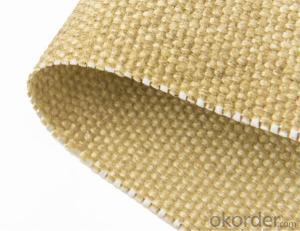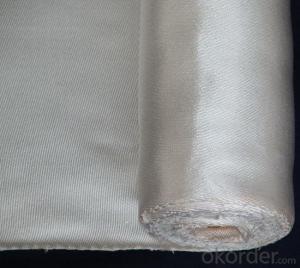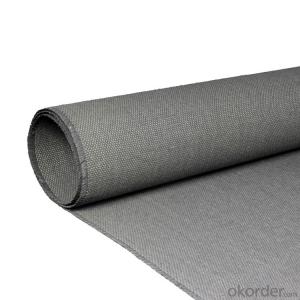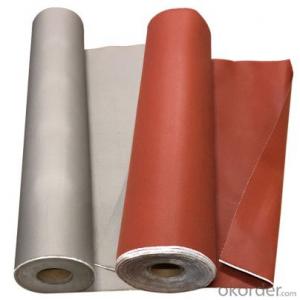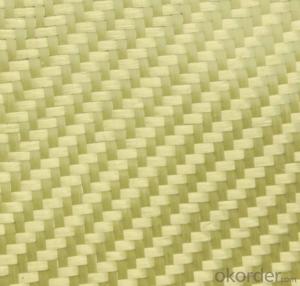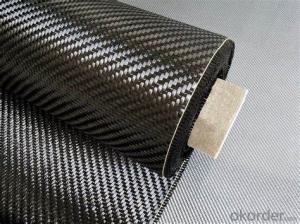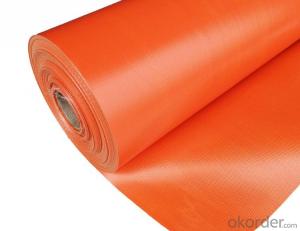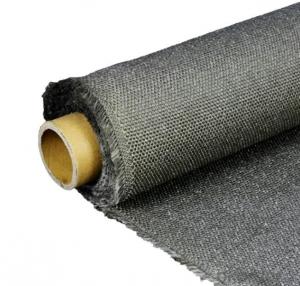Fiber Glass Mat
Fiber Glass Mat Related Searches
Fiber Sheet For Roof Decorative Lights For Ceiling Wall Panels For Basement Marketplace For Construction Materials Retaining Wall With Geogrid Galvanized Steel Wall Panels Stainless Steel Peg Board Stainless Steel Wall Art Stainless Steel Wall Shelves Stainless Steel WallHot Searches
Used Foam Board Insulation For Sale Used Sandwich Panel For Sale Bags Of Cement For Sale Tilt Panel Props For Sale Types Of Temporary Side Panels For Cement Deck Magnesium Oxide Board For Sale Hdf Board For Sale sintra board for sale Fiber Sheet Price In India Gypsum Board Price Per Sheet In India Fiber Roofing Sheets Price In Pakistan Plastic Fiber Sheet Price Solar Inverter Panel Price Sandwich Panel Manufacturers In Bangladesh 5 8 Type X Gypsum Board Price Twin Wall Polycarbonate Sheet Price Hardiflex Fiber Cement Board Price Gypsum Board Partition Wall Price India Extruded Polystyrene Insulation Board Price Polyurethane Insulation Board PriceFiber Glass Mat Supplier & Manufacturer from China
Okorder.com is a professional Fiber Glass Mat supplier & manufacturer, offers integrated one-stop services including real-time quoting and online cargo tracking. We are funded by CNBM Group, a Fortune 500 enterprise and the largest Fiber Glass Mat firm in China.Hot Products
FAQ
- Fiberglass fabric is commonly used in the production of protective suits due to its unique properties that make it an ideal material for protecting individuals from hazardous environments. Firstly, fiberglass fabric is known for its excellent heat resistance, making it highly effective in shielding against extreme temperatures and preventing burns. This property is crucial in industries such as firefighting or metalworking where workers are exposed to high heat sources. Additionally, fiberglass fabric is highly durable and provides exceptional tear and abrasion resistance. This makes it suitable for protective suits that need to withstand rough conditions and potential punctures, ensuring long-lasting protection for the wearer. The fabric's strength also enhances the overall structural integrity of the suit, offering reliable defense against impact or sharp objects. Furthermore, fiberglass fabric possesses excellent chemical resistance properties, making it suitable for protective suits used in industries involving hazardous chemicals or corrosive substances. It acts as a barrier, preventing the penetration of harmful substances onto the wearer's skin, reducing the risk of chemical burns or contact dermatitis. Moreover, fiberglass fabric is lightweight, allowing for greater comfort and ease of movement for the wearer. This is particularly important in professions that require agility and flexibility, such as emergency response teams or hazardous material handlers. Overall, the use of fiberglass fabric in the production of protective suits ensures a high level of protection against heat, tears, abrasion, chemicals, and other potential hazards. This versatile material offers a combination of durability, resistance, and comfort, making it an ideal choice for manufacturing protective suits that safeguard individuals working in various hazardous environments.
- Yes, fiberglass fabric is generally resistant to pests and insects. The nature of fiberglass, being made of woven glass fibers, makes it less appealing to pests and insects compared to other materials like cotton or wool. Fiberglass fabric is not a food source for pests, and its smooth and non-absorbent surface makes it less likely for insects to establish a habitat or lay eggs. However, it is important to note that while fiberglass fabric may be resistant to pests and insects, it is not completely immune. In rare cases, certain types of insects or pests may still be able to cause damage to fiberglass fabric, especially if the fabric is already compromised or damaged. Overall, fiberglass fabric is a good choice for those looking for a material that is generally resistant to pests and insects.
- Yes, fiberglass fabric can indeed be used for tents and awnings. Fiberglass fabric is a popular choice for outdoor applications due to its durability, strength, and resistance to harsh weather conditions. It is lightweight yet sturdy, making it an ideal material for tents and awnings. Additionally, fiberglass fabric is fire-resistant and provides excellent UV protection, ensuring a safe and comfortable outdoor experience. It also offers good insulation properties, helping to maintain a comfortable temperature inside the tent or under the awning. Overall, fiberglass fabric is a reliable and versatile option for tents and awnings, providing both protection and durability in various outdoor settings.
- What's the price of fiberglass fabric penetrant?
- The company's main fluorocarbon series surfactant, various types of oilfield additives, fire additives, paint additives, rubber additives, fungicides and so on.
- Yes, fiberglass fabric can be used for conveyor belts. It is a durable and flexible material that can withstand high temperatures, chemicals, and abrasive materials commonly found in conveyor belt applications. Additionally, it offers excellent dimensional stability and low elongation, making it suitable for various industries such as mining, agriculture, and manufacturing.
- Due to its exceptional properties and advantages, fiberglass fabric finds extensive use in the manufacture of wind turbine blades. Typically woven from lightweight and durable fiberglass filaments, the fabric serves as the primary structural material for these blades. To form a strong and rigid composite material known as fiberglass-reinforced polymer (FRP), the fabric is layered and impregnated with a resin, such as epoxy. This FRP composite enables the blades to withstand the forces and stresses experienced during operation in the wind. Incorporating fiberglass fabric into wind turbine blades involves several steps. Firstly, a mold is created in the shape of the blade using a positive model. Then, layers of fiberglass fabric are meticulously placed onto the mold, with each layer oriented in a specific direction to optimize the mechanical properties of the blade. The fabric layers are thoroughly impregnated with resin, ensuring a solid bond throughout the structure. This process may be repeated multiple times to increase the blade's thickness and strength. The advantages of using fiberglass fabric in wind turbine blades are plentiful. Firstly, its lightweight nature allows for the construction of longer and larger blades, enhancing energy capture efficiency from the wind. Additionally, the fabric is highly resistant to corrosion, making it ideal for outdoor applications where the blades face harsh environmental conditions. Moreover, the inherent flexibility of fiberglass fabric enables the blades to bend and twist in response to changing wind conditions, reducing unnecessary stress and improving overall performance. The fabric also exhibits resistance to fatigue, ensuring its structural integrity even under repeated loading cycles. In conclusion, fiberglass fabric plays a vital role in the production of wind turbine blades, providing the necessary strength, durability, and flexibility for efficient and reliable energy generation. Its lightweight nature, corrosion resistance, and fatigue resistance make it an ideal material choice for constructing blades capable of withstanding the demanding operating conditions of wind turbines.
- Fiberglass fabric is commonly used in the production of protective gloves due to its unique properties that make it an ideal material for providing protection against various hazards. The fabric is made from fine fibers of glass, which are woven together to create a strong and durable material. One of the key benefits of using fiberglass fabric in protective gloves is its excellent heat resistance. The fabric can withstand high temperatures without melting or degrading, making it suitable for applications where heat protection is crucial. In industries such as welding, metalworking, or firefighting, where workers are exposed to extreme heat or flames, fiberglass fabric gloves can provide a reliable barrier against thermal hazards. Furthermore, fiberglass fabric is highly resistant to cuts, abrasions, and punctures. This characteristic is crucial in industries such as construction, manufacturing, or automotive where workers handle sharp objects or work with machinery that poses a risk of injury. The fabric's durability ensures that the gloves can withstand the rigors of these environments, preventing cuts or punctures from occurring and offering reliable protection to the wearer. Another advantage of fiberglass fabric is its resistance to chemical exposure. Many industrial jobs involve handling hazardous chemicals or substances that can cause skin irritation or burns. Fiberglass fabric gloves act as an effective barrier against these chemicals, preventing direct contact and minimizing the risk of harm. Additionally, fiberglass fabric gloves are lightweight and flexible, allowing for dexterity and ease of movement. This is particularly important in industries where workers require precise hand movements, such as electronics, precision engineering, or laboratory work. The gloves enable the wearer to maintain a high level of control and grip, while still providing the necessary protection. In summary, fiberglass fabric is used in the production of protective gloves due to its exceptional heat resistance, cut and puncture resistance, chemical resistance, and flexibility. By leveraging these properties, fiberglass fabric gloves ensure the safety of workers in various industries, protecting them from thermal hazards, cuts, abrasions, chemical exposure, and allowing for precise hand movements.
- Yes, fiberglass fabric can be used for making bookbinding material. Fiberglass fabric is a versatile material that is known for its strength, durability, and resistance to wear and tear. It can be used as a reinforcement material in bookbinding to provide added strength and stability to the covers and spines of books. It can also be used as a protective layer to prevent damage to the pages and bindings of books. However, it is important to note that fiberglass fabric can be quite rigid and may not be suitable for certain types of bookbinding projects that require flexibility or a softer touch. Therefore, it is recommended to assess the specific requirements of the bookbinding project before deciding to use fiberglass fabric.
